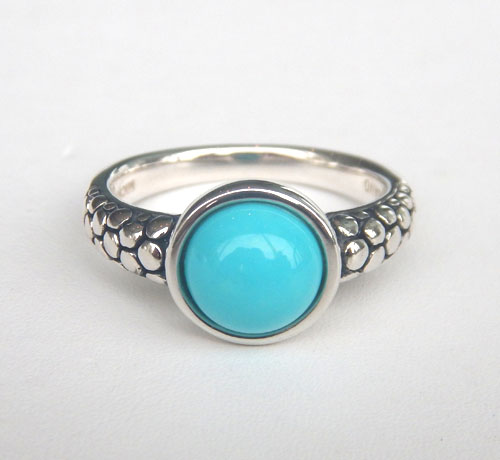
A full service Milwaukee jeweler specializing in custom designed jewelry and engagement rings. We hand select pieces from across the world and are proud to offer the latest trends in fine jewelry.
Contact Us
-
- Monday - Thursday: 10am - 5pm
Friday: 10am - 3pm
Saturdays by Appointment

